Penguins are captivating flightless birds primarily found in the Southern Hemisphere, with various species showcasing a range of sizes. Among them, the largest penguins in the world include the Emperor and King penguins. The Emperor penguin stands at approximately 4 feet tall and can weigh between 50 to 100 pounds, making it the largest of all penguin species. Known for their striking yellow-orange ear patches, Emperor penguins are remarkable for breeding during the harsh Antarctic winter, where they huddle together for warmth. The King penguin follows closely behind, measuring around 3 feet tall and weighing between 30 to 40 pounds. These penguins are identifiable by their vibrant orange neck patches and breed in sub-Antarctic islands, exhibiting a unique breeding cycle that spans over a year.
Other notable species among the largest penguins in the world include the Gentoo, Adélie, and Chinstrap penguins. Gentoo penguins grow to about 30 inches and weigh between 10 to 16 pounds, distinguished by their bright orange beaks. Adélie penguins, recognizable by their tuxedo-like appearance, are slightly smaller, standing around 28 inches tall and weighing 8 to 12 pounds. Chinstrap penguins are known for the thin black band under their heads and reach similar heights and weights. Each of these species not only exemplifies the diversity within the penguin family but also highlights the adaptations that allow them to thrive in their unique habitats across the globe.
10 of the Largest Penguins in the World
1. Emperor Penguin
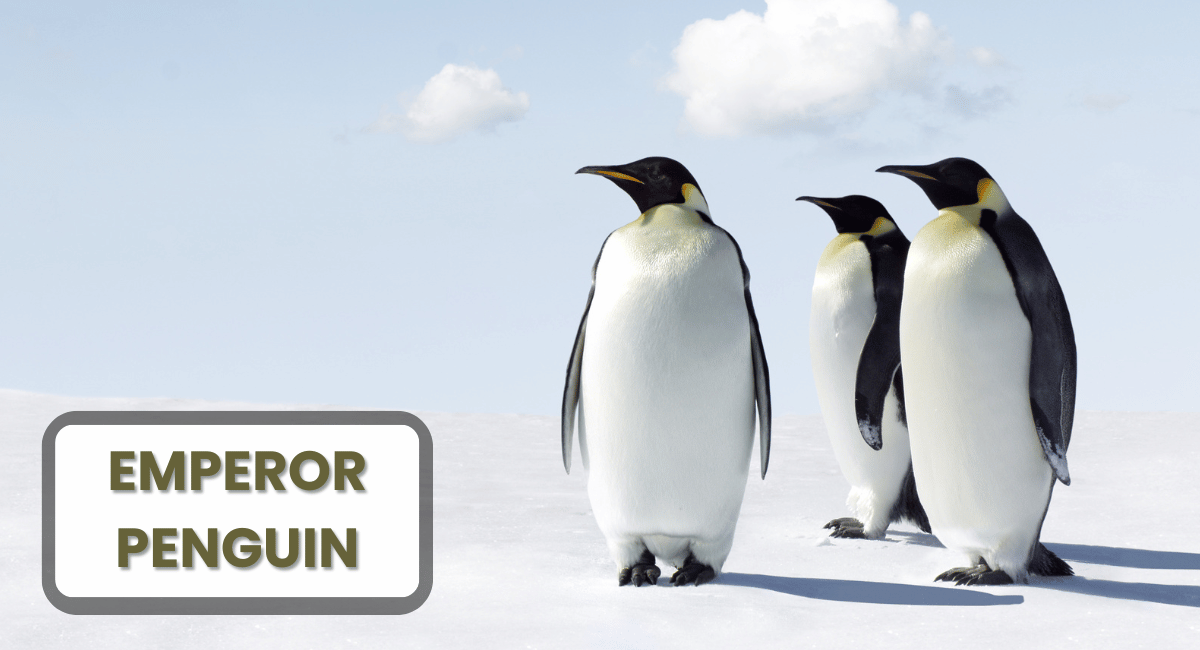
2. King Penguin
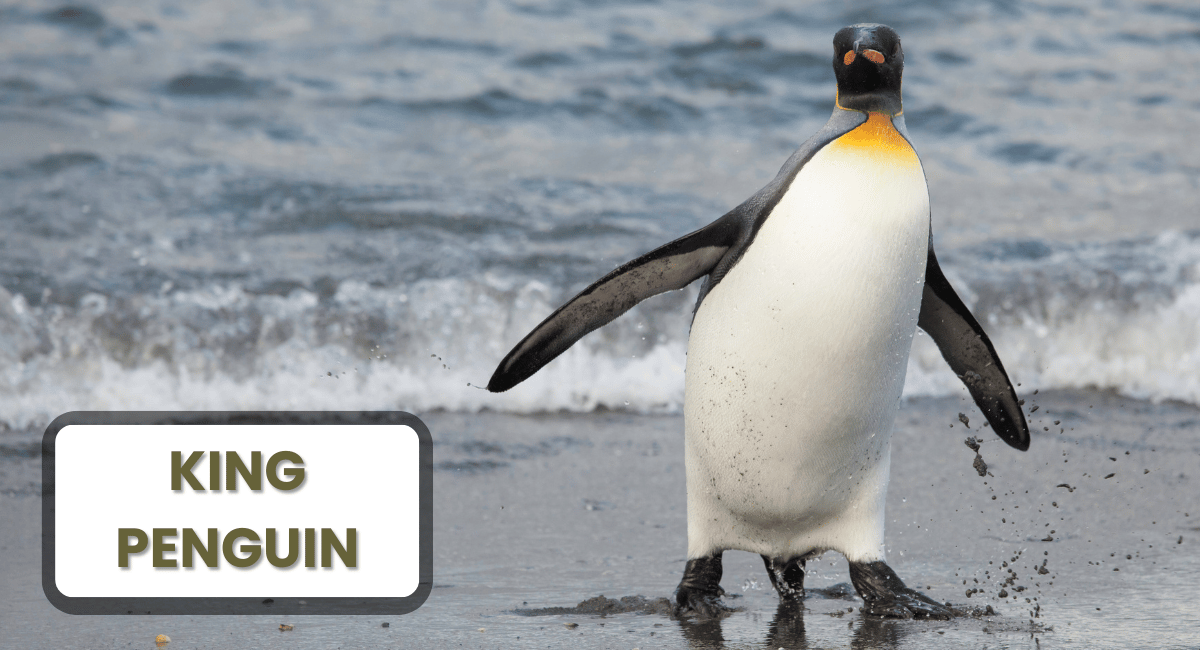
3. Gentoo Penguin

4. Adélie Penguin
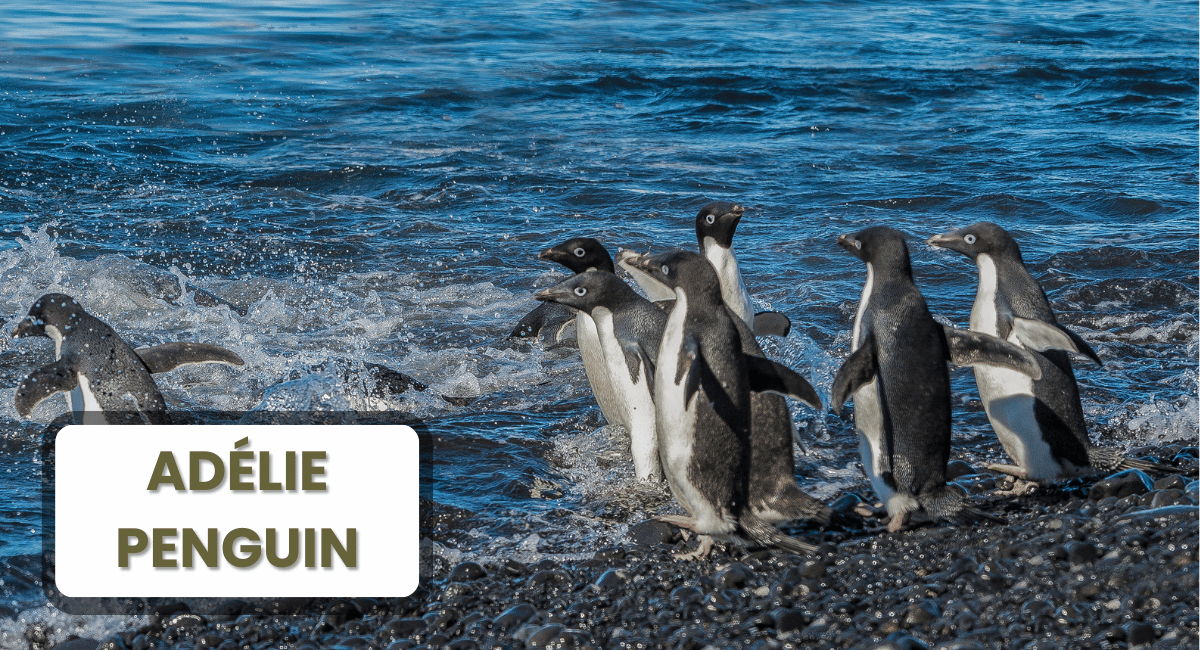
5. Chinstrap Penguin

The Chinstrap Penguin, scientifically known as Pygoscelis antarcticus, is one of the most recognizable species among the largest penguins in the world due to its distinctive appearance. Standing approximately 28 inches tall and weighing between 8 to 12 pounds, these medium-sized penguins are characterized by a narrow black band under their heads, resembling a chinstrap. This unique feature, combined with their striking black and white plumage, makes them easily identifiable. Chinstrap Penguins primarily inhabit the sub-Antarctic islands and the Antarctic Peninsula, where they thrive in the icy waters and rocky terrain. They are highly social birds, often forming large colonies during the breeding season, where they engage in vocalizations and displays to strengthen pair bonds.
These penguins are known for their energetic and aggressive behavior, particularly during the breeding season, where they fiercely defend their nesting territories. Chinstrap Penguins are exceptional swimmers, utilizing their streamlined bodies to navigate through the frigid waters in search of krill and small fish, which make up a significant portion of their diet. Their adaptability and social structure allow them to survive in one of the harshest environments on the planet, making them an integral part of the marine ecosystem. As one of the largest penguins in the world, Chinstrap Penguins play a vital role in the biodiversity of the regions they inhabit, highlighting the need for continued conservation efforts to protect their habitats from climate change and human activity.
6. Macaroni Penguin
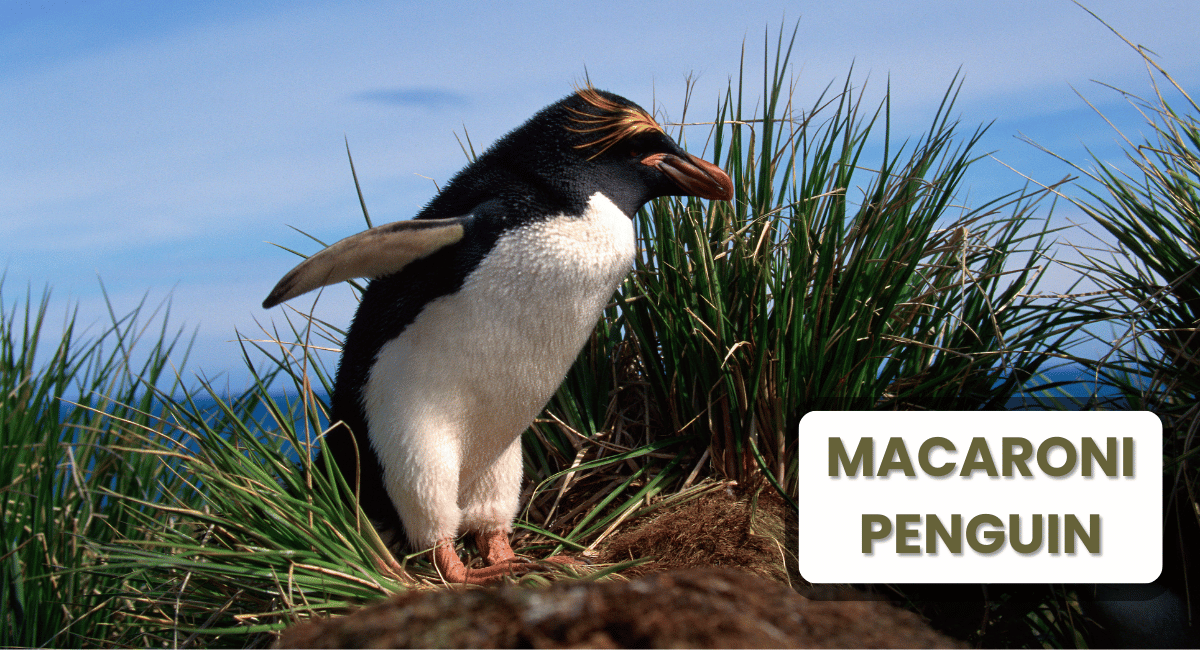
The Macaroni Penguin is one of the most distinctive and colorful species among the largest penguins in the world. Recognizable by its striking yellow crest feathers that sweep back from its forehead, the Macaroni penguin has a robust body, typically measuring about 28 inches in height and weighing between 10 to 15 pounds. These penguins are primarily found on sub-Antarctic islands, including South Georgia and the South Sandwich Islands, where they thrive in harsh coastal environments. Their unique adaptations, such as their thick layers of blubber and waterproof feathers, enable them to survive the frigid temperatures of their habitats.
In addition to their remarkable appearance, Macaroni penguins are known for their lively social behavior and vocalizations, often forming large colonies during the breeding season. Their diet mainly consists of krill, fish, and squid, which they skillfully hunt while swimming at remarkable speeds. The colonies can number in the thousands, with these penguins displaying a range of courtship rituals, including head-bobbing and elaborate vocal displays. As one of the largest penguins in the world, Macaroni penguins play a vital role in the marine ecosystem and are a vital part of the biodiversity of their native regions. However, like many penguin species, they face threats from climate change and overfishing, making conservation efforts essential to their survival.
7. Royal Penguin
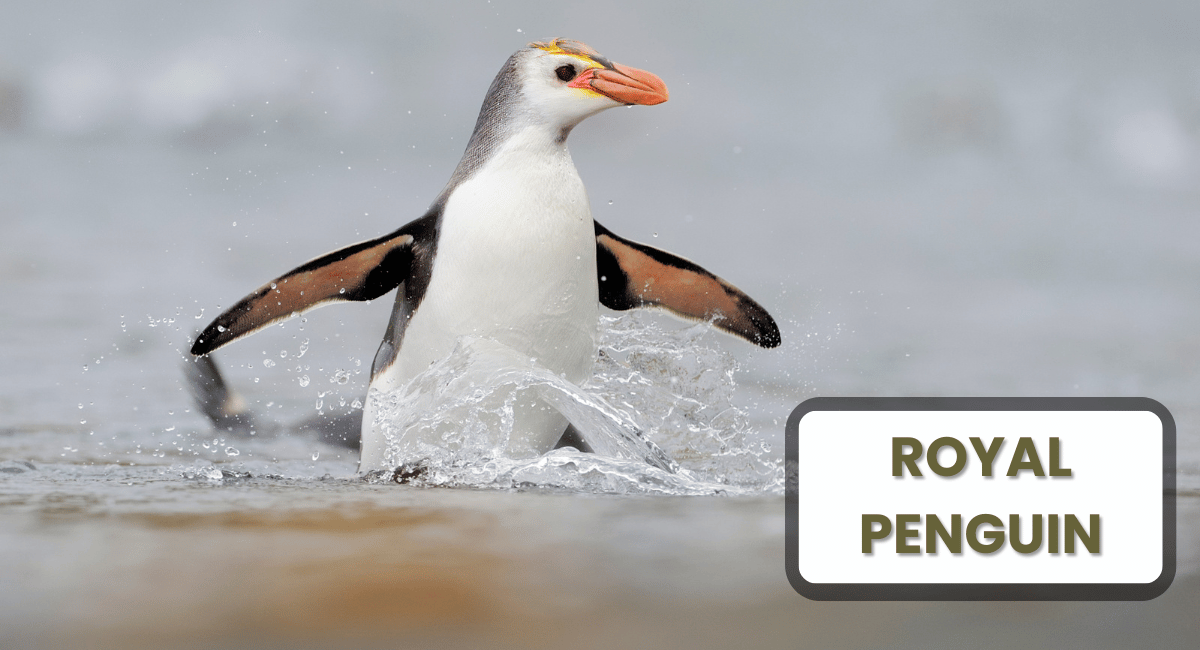
8. Humboldt Penguin
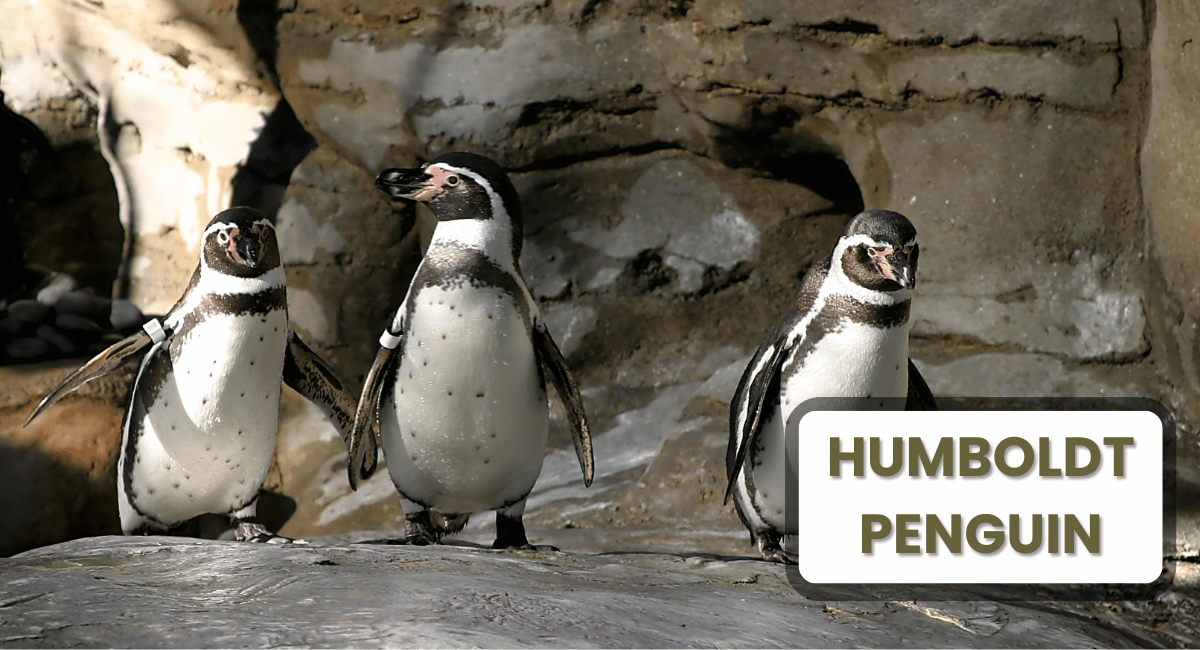
The Humboldt penguin (Spheniscus humboldti) is a fascinating species native to the coasts of Chile and Peru. Standing approximately 24 to 28 inches tall and weighing between 8 to 14 pounds, they are one of the medium-sized penguins, though not among the largest penguins in the world. Known for their distinctive black and white plumage, these penguins possess a unique pattern of black spots and bands across their chest, making them easily recognizable. Humboldt penguins thrive in rocky coastal areas and are well adapted to both marine and terrestrial environments. Their diet mainly consists of fish, squid, and crustaceans, which they skillfully hunt while swimming in the chilly waters of the Humboldt Current.
Humboldt penguins are also known for their social behavior, often forming colonies that can number in the thousands. They are vocal birds, using a variety of sounds to communicate with each other, particularly during the breeding season. Unlike many other penguin species, Humboldt penguins are quite adaptable to warmer climates, which is why they can be found in coastal regions that experience more temperate conditions. While they may not be among the largest penguins in the world, their charming personalities and unique adaptations make them a favorite among wildlife enthusiasts and a popular attraction in aquariums and zoos around the globe. Conservation efforts are vital for their survival, as their populations are threatened by habitat loss, climate change, and human activities.
9. Snares Penguin
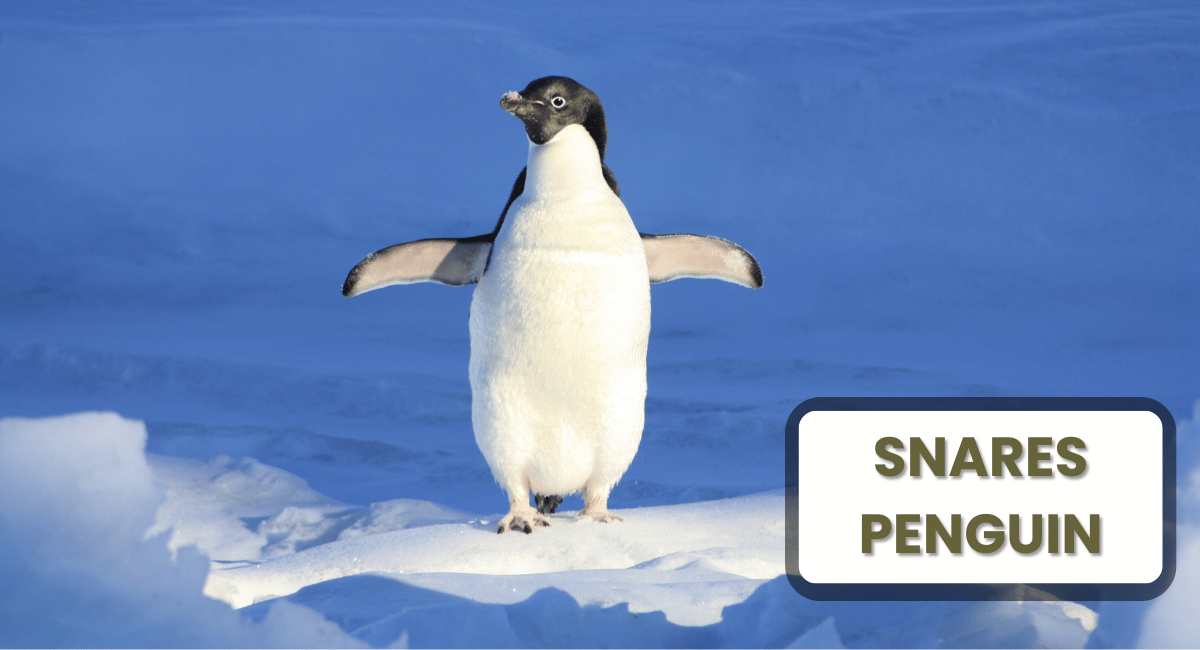
The Snares Penguin, native to the Snares Islands off the southern coast of New Zealand, is one of the largest penguins in the world. Standing about 24 inches tall and weighing between 5 to 10 pounds, these charming birds are easily recognizable by their distinctive yellow eyebrows and bold black and white plumage. They are well adapted to their rugged environment, often nesting in the dense vegetation of the islands, where they find protection from predators. Snares Penguins primarily feed on small fish and krill, showcasing their agility in the water as they dive to catch their prey.
These penguins are known for their social nature, often forming large breeding colonies that provide both safety and companionship. Breeding typically occurs from late September to December, with both parents participating in the incubation of their eggs. The Snares Penguin’s unique habitat, combined with their striking appearance, makes them a significant species among the largest penguins in the world. Unfortunately, like many other penguin species, they face threats from climate change and human activities, highlighting the importance of conservation efforts to protect these remarkable birds and their habitats.
10. Fiordland Penguin
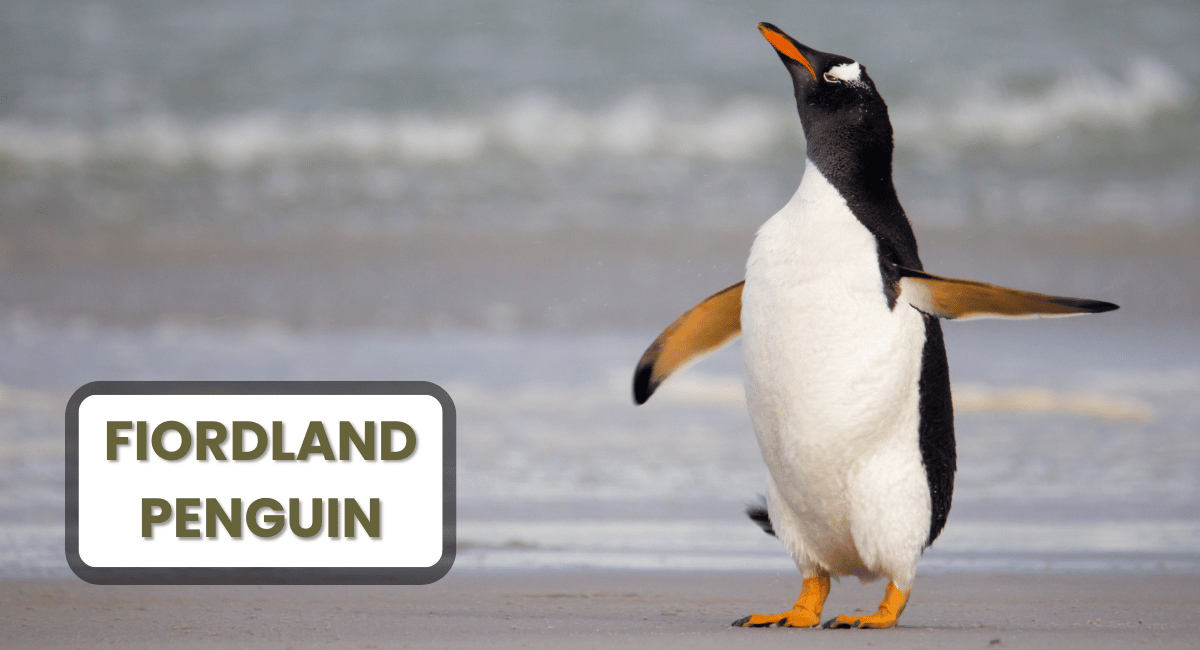
The Fiordland penguin, also known as the tawaki, is one of the lesser-known yet fascinating species among the largest penguins in the world. Native to the remote southwestern coast of New Zealand, these medium-sized penguins typically stand about 24 inches tall and weigh between 6 to 10 pounds. Fiordland penguins are easily recognizable by their striking yellow crests that arch above their eyes, giving them a distinctive and charming appearance. They primarily inhabit dense forests along the rugged coastline, where they build their nests in caves or under dense vegetation, providing protection from predators.
Fiordland penguins are known for their shy and elusive nature, making them a challenge to observe in the wild. They are excellent swimmers, adept at foraging for fish and krill in the cold waters surrounding New Zealand. These penguins breed during the southern hemisphere’s winter months, typically laying their eggs in July and August. As part of the larger family of penguins, the Fiordland penguin contributes to the diversity of the largest penguins in the world, showcasing unique adaptations that enable it to thrive in its specific habitat. With ongoing conservation efforts, it’s crucial to protect these enchanting birds to ensure their survival in a rapidly changing environment.



